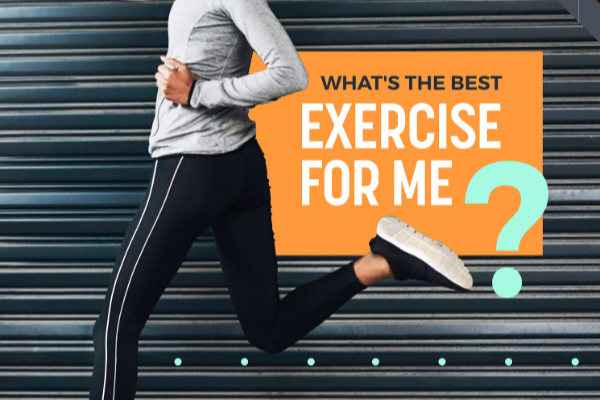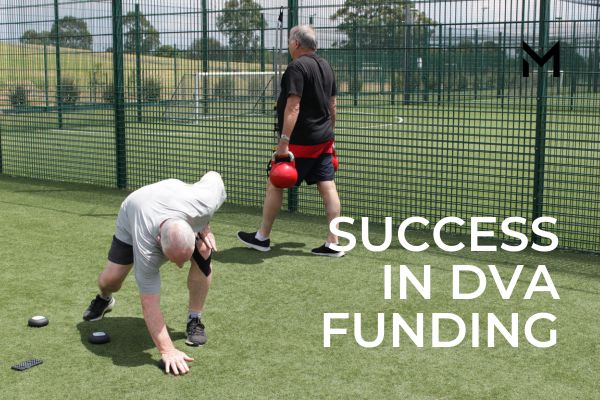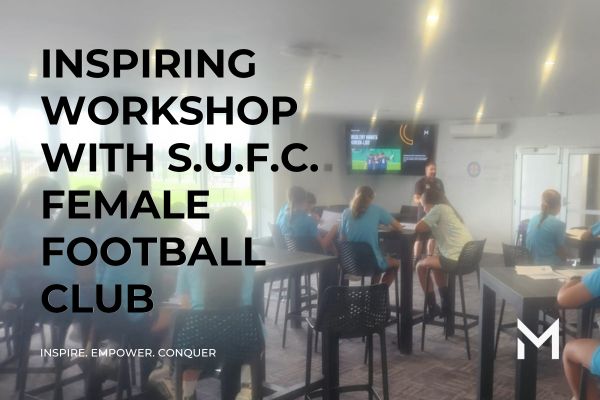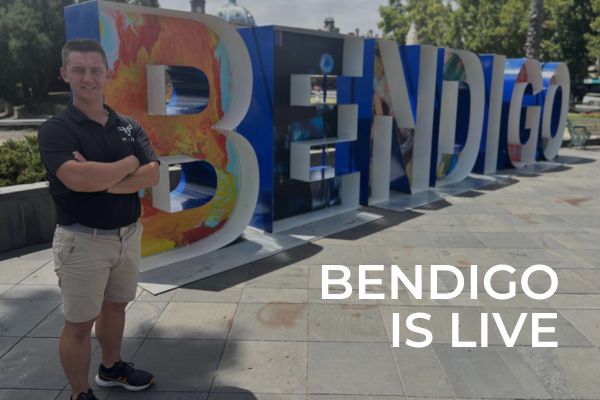
In the pursuit of a healthier lifestyle, finding the right movement and best exercise for you can be a daunting task. Whether it’s battling a lack of motivation, juggling busy schedules, or dealing with physical discomfort, many individuals face obstacles on their health and fitness journey.
As we go through life, our need, desire, and vision of what fitness looks like changes. Initially, it might be about upping your cardio health or strength or excelling in a specific sport, driven by external ideals or competitive goals.
However, as we evolve and gain more life experience, the focus often shifts towards functional fitness and ability, such as being able to play with or lift our kids or grandkids. This means prioritising movement that enhances daily activities, promotes overall well-being, and supports long-term health. Instead of solely chasing aesthetic goals or performance metrics, the emphasis often turns to feeling strong, mobile, and capable in everyday life!
As you age and your priorities change, the ‘best exercise’ for you will also look different. The exercise that you enjoyed when you were a teenager is likely different to what you’ll enjoy in your old age.
Ultimately, it’s about finding joy and fulfillment in movement that nourishes both body and mind and aligns with our priorities and values. The best type of exercise for you will depend on your ability, fitness level, interests and overall health. So, it’s important to find exercise that is right for you and not copy what someone else is doing or what might be right for someone else’s body.

SO, WHERE DO I START? HOW DO I FIND MOVEMENT I ENJOY?
1. Understanding common challenges: What are your roadblocks?
One of the first steps in finding movement that works for you is recognising the challenges you may encounter. Motivation, time constraints, financial concerns, stress, work-life balance issues, pain, and discomfort are common hurdles that many people face.
These challenges can often lead to feelings of frustration, fatigue and uncertainty, making it difficult to stay consistent with an exercise routine.
2. Establishing your why:
To overcome these challenges, we begin by establishing your “why” and your purpose for wanting to exercise.
Understanding your motivations provides a strong foundation and acts as fuel to keep you going, especially during challenging times. Whether your reason to exercise is to improve overall health, manage stress, enhance athletic performance or improve your mental health, it’s important to clarify your goals to help tailor your exercise approach.
3. Trial-and-error approach:
Once you’ve identified your motivations, you can embark on a trial-and-error approach. This involves trying out different types of movement and exercises to find the middle ground of challenge and enjoyment.
It’s essential to strike a balance between pushing yourself and respecting your body’s limits. Remember, movement should be enjoyable and sustainable in the long run. If you find an exercise you don’t like or that doesn’t feel right for your body, ease off or try something else!
4. Importance of fun and engagement:
Finding joy and excitement in exercise is crucial for long-term adherence. Engaging in activities you enjoy, whether it’s dancing, hiking, or playing a sport, not only makes exercise more enjoyable but also boosts motivation and consistency.
Research suggests that enjoyment and fun play a significant role in sustaining physical activity habits.
5. Flexibility and routine:
Balancing flexibility and maintaining a routine is key to a sustainable and effective health and fitness regimen. Flexibility allows for adaptability, enabling you to try new activities, adjust workout intensity, and prevent burnout. It keeps your routine fresh, exciting, and aligned with your evolving interests and goals.
However, alongside flexibility, maintaining a consistent routine provides structure, accountability, and habit formation. It ensures regularity in physical activity, promotes progress tracking, and fosters long-term commitment to your health journey. Striking a balance between flexibility and routine optimises enjoyment, motivation, and overall well-being, leading to longer-lasting health benefits!
6. Incorporating alternative movement:
Exploring alternative or non-traditional forms of movement can add variety and excitement to your exercise routine. Whether it’s yoga, dance, martial arts, or outdoor activities, diversifying your movement choices keeps things interesting and prevents boredom.
A good friend once told me that when trying to find a hobby, interest, or fitness routine that works for you, it’s important to be open to everything. It’s about understanding what emotions and feelings you are trying to cultivate and get from the experience.
Is it empowerment, strength, and challenge that fuels your motivation, or is it the calmness, creativity, and grounding that you seek in your activities? By tuning into your emotional needs and aligning them with your fitness pursuits, you can discover a deeper sense of fulfillment and purpose in your wellness journey. It’s not just about the physical benefits; it’s about nurturing your mind, body, and soul through movement and activities that resonate with you on a deeper level.

WHAT ARE MY MOVEMENT OR EXERCISE OPTIONS?
1. Structured vs. play-based approaches:
Structured exercise programs are characterised by planned routines and specific goals, while play-based approaches focus on enjoyment and creativity in physical activities. Both approaches have unique benefits in promoting physical activity adherence and overall well-being.
2. Rehabilitation and corrective exercises:
Rehabilitation exercises aim to restore function and mobility post-injury or surgery, while corrective exercises target movement dysfunctions and muscle imbalances. These exercises are essential for injury prevention and optimising movement patterns.
3. Strength training:
Strength training involves resistance exercises to build muscle strength, improve bone health, and enhance metabolic rate. It is crucial for overall physical function and maintaining independence as we age.
4. Cardio activities:
Cardiovascular exercises like running, dancing, cycling, and swimming improve heart health, endurance, and aerobic capacity. Regular cardio activities are associated with reduced risk of cardiovascular diseases.
5. Recreational sports:
Participating in recreational sports such as soccer, pickleball, basketball, or tennis offers a fun and social way to stay active, improve fitness, and develop skills. Recreational sports also promote teamwork and camaraderie.
6. Functional fitness:
Functional fitness exercises mimic real-life movements and improve balance, coordination, and mobility for daily activities. They are crucial for enhancing functional independence and reducing injury risk.
7. Mind-body practices:
Mind-body practices like yoga, tai chi, and Pilates combine physical movement with mental focus and relaxation techniques, promoting stress reduction, flexibility, and mind-body connection.
8. Outdoor activities:
Engaging in outdoor activities such as hiking, cycling, or gardening provides the benefits of fresh air, nature immersion, and varied terrain challenges, enhancing physical and mental well-being.
Each of these movement options offers unique advantages that can be individualised to you. Finding movement that works for you is a journey of exploration, self-discovery, and empowerment.
By understanding and addressing common challenges, establishing clear goals, individualising exercise prescriptions, prioritising psychological well-being, and embracing diverse movement options, you can create a sustainable and fulfilling exercise routine. Remember, every step forward, no matter how small, brings you closer to your health and fitness goals.
Did you know exercise professionals, such as Accredited Exercise Physiologists (AEPs), can help you find the best movement for you? AEPs are trained and qualified to work with you to find exercise that is enjoyable and beneficial for you. Find your local exercise professional here.
Written by Deanna Niceski (MCEP, AES, AEP).
As seen in NG Life Magazine June 2024 & Exercise Right Magazine March 2024






